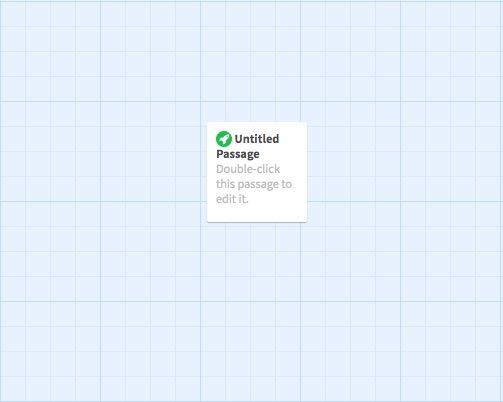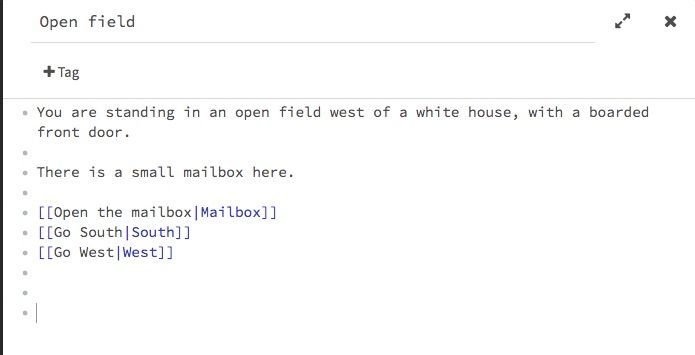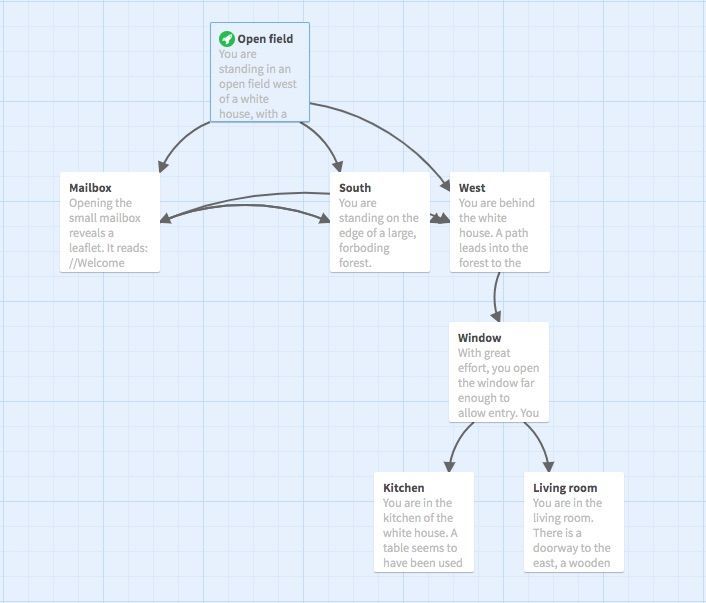Are you an aspiring game developer but don’t know where to start? Then Twine may be the perfect tool for you.
Twine is an online tool that allows you to develop text-based adventure games, similar to the ‘Choose Your Own Adventure’ books we read when we were young. The only difference is that this time it’s online: you can create an interactive adventure where your decisions impact the story.
Why Twine?
Now that you know what it is, why use it? There are a few reasons to use Twine, and they’re all compelling!
For a start, it’s free, which means anyone and everyone can download and use it.
It’s also very accessible, making it ideal for first-time game developers (or anyone who wants to tell a good story). You don’t need to know how to code or worry about creating 3D models of dragons to fight. Your words are all you need to create a compelling story. Twine’s functionality is so simple that it should take you only 10–15 minutes to get a solid handle on the basics.
Lastly, your finished game is a website, meaning it can be played by anyone who has access to the internet (no expensive graphics card required). Simply upload it once it’s done and watch as hundreds of thousands (hopefully) of people play your game across the world wide web.
Creating your opening passage
When you start Twine for the first time it should look something like this:

Twine games are made up of ‘passages’ — essentially text blocks where you tell your story (the Twine version of a page). Playing through a game involves navigating from passage to passage, based on the choices presented to the player.
Passages have two elements: a name and content. The passage name is never shown to the player; it’s just used behind the scenes to link passages together throughout the game. The content, on the other hand, is what the user sees when they reach that passage of the game.
Adding in links
To make a Twine game, all you need to know is how to make links between passages. As the developer, you need to give your reader at least one option to select for them to progress to the next page. The more options you give them, the more passages are created, which require their own text and options. While editing a passage, create links with [[double square brackets]]. For example:

In the above example, you have the text option the player sees in the first bracket – ‘Go South’ – and then the name of the passage the game will link to in the second bracket – ‘South’. Twine will automatically create two new passages to match what you’ve typed – in this case, one called ‘South’ and one called ‘West’. Players of your game will be able to click on the words between the brackets, which will bring them to the corresponding passages. Once you have started creating new passages to go along with your player choices, your layout should look something like this:

Your completed game
Once you are happy with your game and want to let people play through it, simply click the ‘play’ button at the bottom of the screen. This will then take you to your game’s starting page. You can now share this article online with the world. Here is the link to play through the example we have been using in this article – click to play.
If you’re interested in making a Twine game but don’t know where to start, why not take some time to play through some other Twine games.
Take a look at some of the best examples of games created on Twine.
Remember that inspiration can come from anywhere and all you need is one good idea to get started!
One of the best features of Twine is how easily customisable it is, meaning you can change almost every aspect of the look and feel of your game. In our next article, we will look at how to add colours, images and sound effects to your story, but for now, this should be just enough to get those creative juices flowing!
Happy writing!



